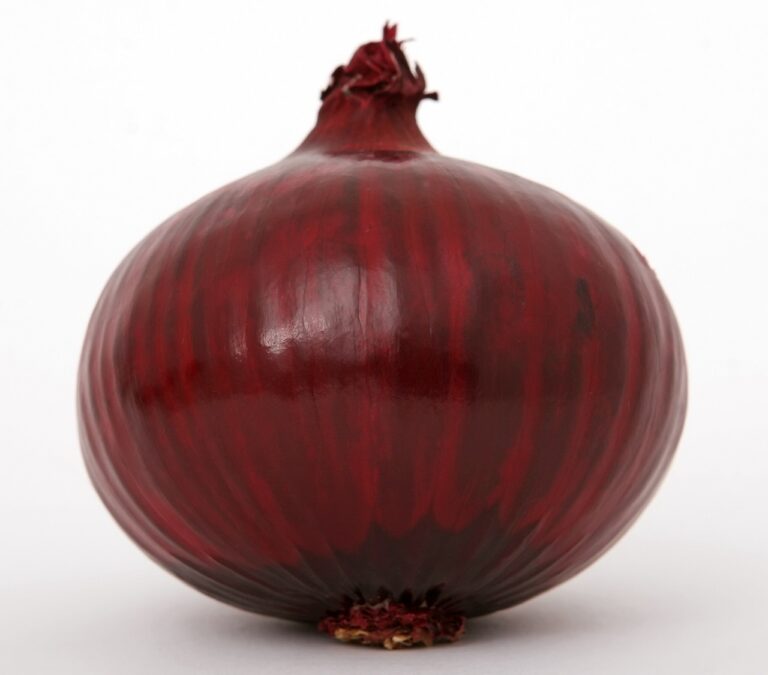The Potential of Stem Cell Therapy for Osteoarthritis: Regenerating Cartilage Tissue
Stem cell therapy for osteoarthritis is a promising field in regenerative medicine. Stem cells have the unique ability to transform into various cell types, including cartilage cells. When injected into the affected joint, these stem cells can promote tissue repair and reduce inflammation, leading to potential pain relief and improved joint function. This regenerative process harnesses the body’s own healing mechanisms to target the root cause of osteoarthritis.
Research has shown that stem cell therapy can not only alleviate symptoms but also slow down the progression of osteoarthritis. By stimulating the growth of new cartilage cells and inhibiting the degeneration of existing ones, stem cells play a crucial role in promoting joint health. This approach offers a promising alternative to traditional treatments like medication or surgery, providing a more natural and potentially long-lasting solution for individuals suffering from osteoarthritis.
• Stem cell therapy for osteoarthritis harnesses the body’s own healing mechanisms
• Stem cells can transform into various cell types, including cartilage cells
• Injected stem cells promote tissue repair and reduce inflammation in affected joints
• Research shows that stem cell therapy can slow down the progression of osteoarthritis
• Stimulates growth of new cartilage cells and inhibits degeneration of existing ones
Types of Stem Cells Used in Osteoarthritis Treatment
Stem cell therapy for osteoarthritis involves utilizing different types of stem cells to regenerate damaged cartilage and reduce inflammation in the affected joints. Mesenchymal stem cells (MSCs) are commonly used due to their ability to differentiate into various cell types, including chondrocytes that form cartilage. These MSCs can be sourced from different tissues such as bone marrow, adipose tissue, and umbilical cord blood.
Another type of stem cell used in osteoarthritis treatment is induced pluripotent stem cells (iPSCs), which are generated by reprogramming adult cells back to a pluripotent state. iPSCs have the potential to differentiate into chondrocytes and aid in cartilage repair. Research is ongoing to explore the effectiveness of iPSCs in treating osteoarthritis and improving joint function in patients.
How Stem Cells Aid in Cartilage Regeneration
Stem cells play a crucial role in aiding cartilage regeneration by their unique ability to differentiate into different types of cells. When introduced into the damaged cartilage tissue, these stem cells can transform into chondrocytes, the specialized cells responsible for producing and maintaining the cartilage matrix. This process helps to repair and rebuild the damaged cartilage, restoring its structure and function.
Additionally, stem cells release growth factors and cytokines that promote the growth of new blood vessels in the damaged area, facilitating the delivery of necessary nutrients and oxygen to support the healing process. This enhanced blood supply can further aid in the regeneration of healthy cartilage tissue, ultimately improving joint function and reducing pain for individuals with osteoarthritis.
What is the science behind stem cell therapy for osteoarthritis?
Stem cell therapy for osteoarthritis involves using stem cells to promote the regeneration of cartilage in the affected joint. Stem cells have the ability to differentiate into various cell types, including chondrocytes, which are the cells responsible for producing cartilage.
What are the types of stem cells used in osteoarthritis treatment?
The two main types of stem cells used in osteoarthritis treatment are mesenchymal stem cells (MSCs) and induced pluripotent stem cells (iPSCs). MSCs can be derived from various sources, such as bone marrow, adipose tissue, or umbilical cord blood, while iPSCs are reprogrammed adult cells that have been induced to behave like embryonic stem cells.
How do stem cells aid in cartilage regeneration?
Stem cells aid in cartilage regeneration by differentiating into chondrocytes, which are the cells responsible for producing cartilage. These newly formed chondrocytes can help repair damaged cartilage in the affected joint, leading to improved function and reduced pain in patients with osteoarthritis.







